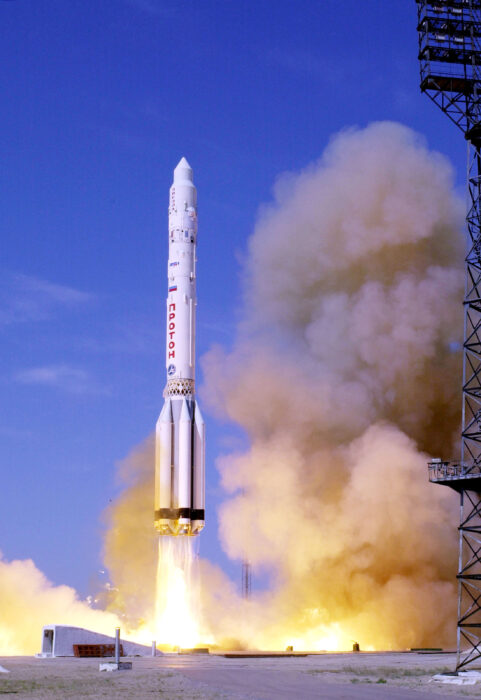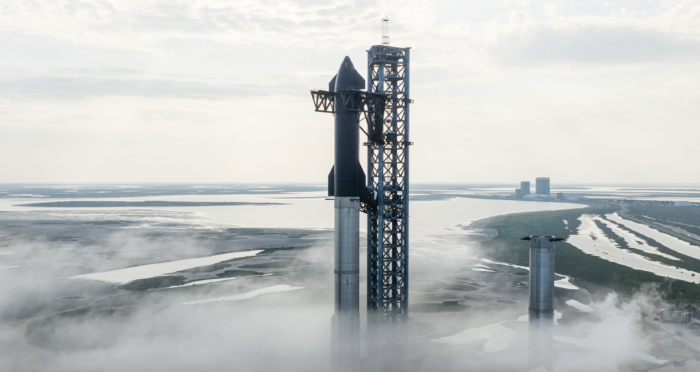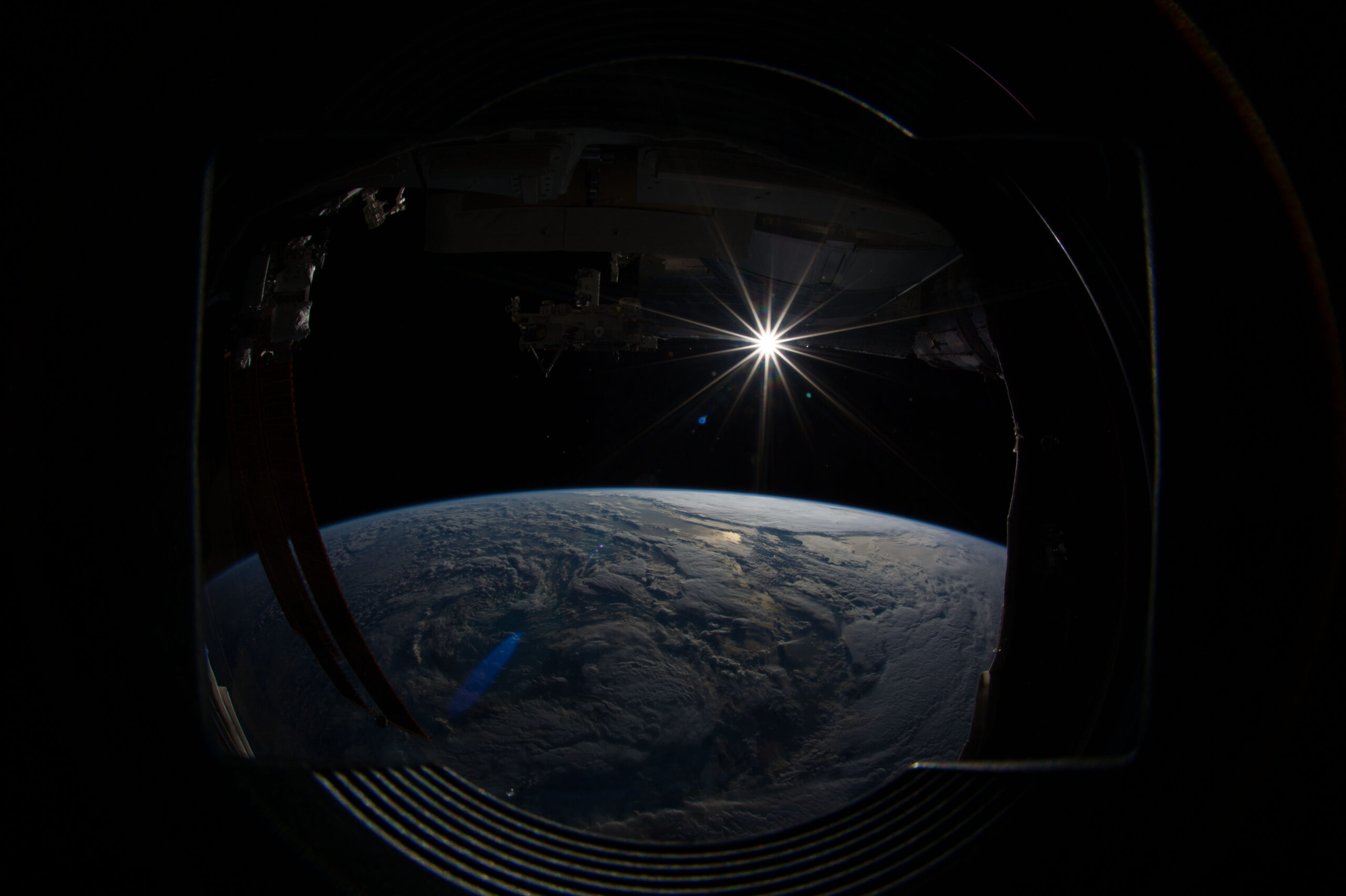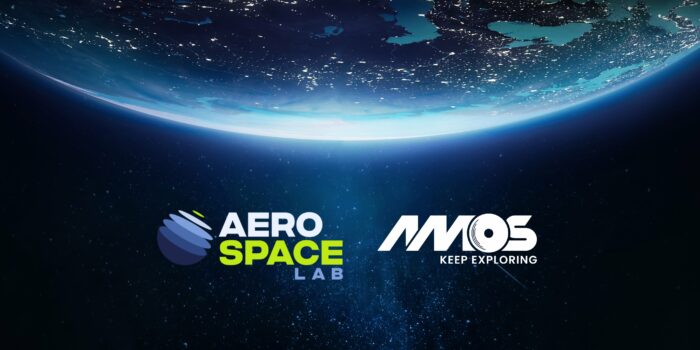by Julia Seibert
When looking up into the sky at night, you might see a sprinkle of stars, a sliver of moon, and maybe even a galaxy, but some also see dollar signs. This article will investigate the current state and future economic benefits of space exploration.
Though space is decidedly unreachable for most, as even the cheapest rocket launches cost more than many people make in a lifetime, technological developments, commercialization of the industry, and geopolitical competition have made it a hot economic commodity on which life on Earth is becoming increasingly dependent.
Suddenly, space is everywhere you look; be it billionaires racing each other in spaceships or satellites controlling much of global information, there is no escaping this booming industry’s influence. But given the whopping investments needed to reach space, what exactly are the economic benefits to be reaped from it? And how could these shape the future of space exploration?
Why Do We Get into Space Explorations
The space exploration industry’s roots lie in a political spat between the United States and the Soviet Union during the Cold War. Before that, people had gazed at the stars for centuries, making up tales about them or deducing their scientific properties, but it took the global tensions of the mid-20th century to spur into action an effort to actually reach them.
The Space Race, which began in 1955, was part political power play, part symbolism; in the midst of a nuclear arms race, both the US and USSR rushed to show their technological prowess by launching rockets, which can just as easily carry a nuke as a satellite, while also attempting to land a person on the moon to show the other who’s boss.
After the US won the race in 1969 with Apollo 11, it seems the thrill was gone. The space program had achieved its political goal; public attention and governmental support turned from the space program towards new issues like the Vietnam War, and NASA’s budget took a nosedive. What was left was largely invested in the Space Shuttle program, which kept up the human presence in low Earth orbit (LEO) for decades.

A proton booster lifts off from the Bykanor Cosmodrome carrying the Zvesda, the third element of the International Space Station. Credit: Scott Andrews / NASA
As for the Soviets, their efforts now went into creating their own space station; the first ever space station, Salyut-1, hosted a crew of three for 23 days in 1971, though the cosmonauts unfortunately lost their life during reentry. Over time, the Soviet (and later Russian) Soyuz and Proton rockets as well as the US’s Shuttles aided the creation of several stations including the International Space Station, vital to orbital research today. The rise of the private industry enabled by more advanced technology and has helped sustain space exploration’s growing global influence but humans never left Earth’s orbit again.
What Space Exploration Got Us So Far
Although human spaceflight stagnated, space exploration has come a long way since its beginnings. One of its most important contributions is satellites; cheaper to launch and much better at science than the average human, these machines have transformed the way we see the world and what lies beyond it.
The Soviets were quick to realize this, thus even the first-ever satellite Sputnik 1 carried equipment to take atmospheric readings. Satellites and their uses, which in many cases include espionage and military work, often shaped other aspects of spaceflight. The US’s secretive National Reconnaissance Office (NRO), for example, heavily dictated the Shuttle’s clunky design, making it more suitable to launching spy satellites than humans.
Now, the globe is surrounded by satellites. Thousands whiz around the planet at various orbits, supplying us with everything from Earth observation data to internet, television, and communications. More and more provide mapping and the monitoring of disasters, such as the Chinese Fengyun and Gaofen satellites. Space-based instruments, such as those tracking global CO2 levels, can also help scientists understand more about our planet and its state of health.
These developments have revolutionized life on Earth, not to mention the astronomical breakthroughs the technology of space exploration has accomplished. Earth-orbiting telescopes like Hubble and Chandra have brought the universe closer to us, beaming back the deepest views of the cosmos and unraveling the mysteries of black holes.
Further out, the James Webb Space Telescope squints at distant star systems to look for signs of life, while also glancing backwards in time and giving cosmologists a headache by imaging ‘universe breaker’ galaxies.
Countless space probes and rovers have also been sent on missions within the solar system and beyond. The Voyagers foray deeper into the universe than any other man-made object, carrying evidence of human life might they stumble upon an alien world.
Rovers on Mars examine the hostile planet for signs of its past, peeling back the layers of time to find out whether our rusty neighbor has once looked like our current home. Furthermore, asteroid return missions, such as the Japanese Hayabusa, provide clues to the solar system’s past, as well as indicators of the origin of life.
Economic Benefits of Space Exploration
Satellites, probes, people, whatever the mission, it always starts with a launch. But thanks to physics, launching anything into space is a pain. The heavier your payload, the more fuel you need, the bigger your rocket gets, the more fuel you need, and it goes on. As a result, launching a single kilogram into LEO (low Earth orbit) on the Shuttle cost almost US $27,000 in 1995.
The lucrative business of commercial satellites soon opened a market for lower-cost options, like the Proton launch vehicle, costing US $8,400 per kilogram. Proton quickly became a go-to vehicle for satellite launches before it was discontinued in 2018 after a string of failures and competitors offering even lower prices.
Nowadays, the space scene is abuzz with companies, such as Rocket Lab and Firefly Space, breaking into the launch market, however, it all started with SpaceX. Founded in 2002 with the goal to reach Mars – for which cheap, reusable rockets are key – the company soon realized that such a vehicle was missing from the global fleet. Vertical integration – building the entire thing in-house – and partial reusability helped SpaceX drive the price of LEO launches down to around US $2,720 a kilogram on its Falcon 9 rockets.

With younger companies scrambling to catch up, SpaceX now shoots rockets into space every couple of days, charging around US $67 million a pop. While some SpaceX rockets carry scientific probes or ISS-bound astronauts, the majority are satellite launches. These range from SpaceX’s Starlink internet satellites to classified governmental machines, but also include an increasingly varied payload from newer companies.
The economic potentials of satellites enabled by emerging technology and falling launch costs open doors to countless new business ventures. Companies such as Planet and Maxar sell overhead imagery and signals commercially, changing the global intelligence game.
The fruitful commercial satellite field is helped along by the development of smallsats, which drive prices down even more. This industry alone is estimated to be worth US $13.7 billion by 2030. British company Space Forge even aims to use a smallsat to kickstart its mission of in-space manufacturing, another emerging market. The launch of smallsats, which does not require huge rockets like the Falcon 9, making it easier for companies to get a foot in the door, is something the United Kingdom, for example, is investing in.
However, in other cases, reaching space is not even the most important thing. Space programs, especially the US’s, create hundreds of thousands of jobs and generate billions in economic output. An example of this is NASA’s Space Launch System (SLS), the gargantuan Moon rocket at the heart of the agency’s lunar program, Artemis. Though an impressive beast in its own right, it is not exactly revolutionary.
SLS reuses much of Shuttle’s technology, it is fully expendable, and costs US $4.1 billion per launch. The rocket, often nicknamed the Senate Launch System, obviously cannot compete with its commercial cousins, but it serves a different purpose: providing jobs. The US Congress demanded that old Shuttle contractors, such as Boeing, were kept on for the SLS project in order to keep preexisting jobs and money flow. Though the rocket is a money pit for NASA, Boeing and its colleagues make a pretty penny – and in terms of economic benefit, that is what counts.
Beyond the boundaries of Earth’s orbit lies an untapped supply of unfathomable riches: asteroids. Minerals in our solar system’s asteroid belt could make every person on Earth a centibillionaire; the asteroid 16 Psyche alone could be worth US $10 quintillion. Harvesting precious metals from asteroids is still largely theoretical; proposed methods include biomining or towing the asteroid to lunar orbit for processing.
Despite the literal outlandishness of the concept, several actors have made strides towards making it a reality. Luxembourg, the UAE, and the US have introduced space mining ownership laws, hoping to attract business from companies such as Astroforge, who are set to launch their inaugural mission this year..
Precious metals aside, the mining of water and other resources necessary for an off-world habitat might become important once human colonization of space commences. The US and China both have plans for lunar colonies, while SpaceX has its eyes on Mars. The further the colony, the more difficult it is to resupply from Earth, meaning that the use of locally available resources becomes critical.

Water is a priority, not only because it is vital for sustenance, but it could also be split into rocket propellant – hydrogen and oxygen – through electrolysis. Energy is another factor: Blue Origin has already succeeded in turning simulant lunar regolith into solar cells to power colonies. In addition, excess energy could be beamed back down to Earth for added economic benefit. In fact, space-based solar power is already being looked into by the UK government.
How Does Investing in Space Exploration Grow Industry
Space remains a risky business to partake in. The fact is, that even with billions in investments and the best of intentions, stuff blows up – and the company or country must be prepared for that. The US’s more risk-orientated financial climate is better suited for the spaceflight industry’s somewhat unpredictable nature, while Europe’s is less understanding. While space-specialized Venture Capital (VC) investments are on the rise, governmental contracts remain vital.
NASA and the US Department of Defense are the industry’s biggest customers, and companies like SpaceX often fund their programs using government grants. This, in part, is due to the strategic opportunities presented by space. Outsourcing matters of defense to private companies is nothing new in the US, and as geopolitical tensions grow, this is unlikely to change.
Increased investments in the industry come with the benefit of allowing for more innovation. Instead of spending years with the blueprints, testing prototypes, and yes, sometimes blowing them up, allows for more rapid design iterations. This is easier to undertake for private companies, while government programs are bound by budget and image: too many explosions, and politicians can no longer support such an apparent waste of taxes. Outsourcing by investing in private companies makes the situation less politically volatile and allows for a higher rate of advancement, growing the product’s economic potential.
See also: Is It Smart to Invest in Space Exploration Stocks?
Current Numbers
According to a report by the Space Foundation, the industry was worth US $469 billion as of July 2022. The year saw 186 total rocket launches, 87 of them American, dominated by Falcon rockets. China comes in second with 64 launches. By mid-2022, over 1,000 spacecraft had already been put into orbit that year only. That is already more than the total launched between the years 1957 and 2009.
The report states that most of the industry’s revenue was generated by the private sector, in part due to ‘an overall 19% boost in government spending on military and civil space programs.’ According to another report by SpaceTech Analytics, 10,000 space related companies and 5,000 investors were estimated to exist as of 2021, though that number is likely to have grown since.
What the Future Holds for the Space Industry
The above is nothing compared to what the future might hold. The industry could be worth US $1 trillion by 2040 – some reports even estimate this number to be attained by 2030. If or when this happens is hard to determine. The industry has shifted so much during the last few years that the future is still open.

Some projects might have a bigger impact than others: SpaceX’s behemoth, fully reusable Starship rocket, for example, has the potential to revolutionize launches to low Earth orbit and facilitate the establishment of colonies on other worlds – unless it crashes and burns.
What is clear, though, is that the modern world and economy cannot live without space. Intelligence and military operations, which play a vital part in a world shifting towards multipolarity of power, rely increasingly on satellites, and their role in core government functions will see global affairs play out in orbit, a trend accelerated by growing commercial interest. One thing is for sure: the night sky is about to get a lot more eventful.
Featured image: Earth as viewed from the ISS. Credit: NASA
If you found this article to be informative, you can explore more current space news, exclusives, interviews and podcasts here.
Share this article:








